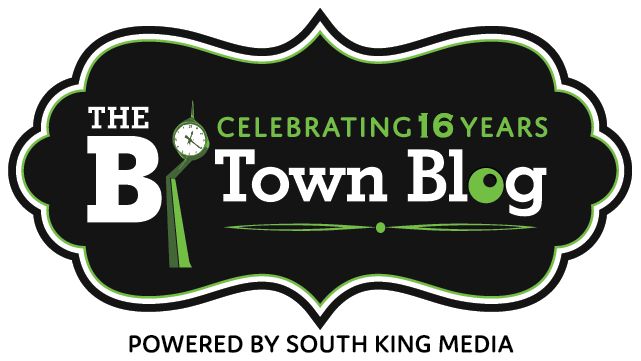Learn about restoring Seahurst Park this Thursday, Oct. 10, starting at 6 p.m.:
Discover the past, present and future restoration efforts within this great community space.
Learn about the seawall removal project, the research around the affected plants and animals, and how becoming a Green City will benefit the park!
Restoration Effectiveness and Beach Monitoring at Seahurst Park: Jason Toft & Megan Dethier, PhD
More than 25% of Puget Sound’s natural shoreline is armored by retaining structures (seawalls, bulkheads and revetments) that cause harm to aquatic systems. The 1,800-foot seawall at Seahurst Park was fully removed in 2014 to restore the balance between the land and water and the species within them. Researchers at the University of Washington (UW) have conducted studies in the park since before the wall’s installation in the 70’s and will share some current projects and findings.– Jason Toft is a senior research scientist at the UW School of Aquatic and Fishery Sciences, focusing on nearshore restoration monitoring and ecological effects of shoreline armoring in Puget Sound. His recent work with Washington Sea Grant has centered around development of the Shoreline Monitoring Toolbox and coordination of the PSEMP Nearshore work group.
– Dr. Megan N. Dethier is a research professor in the Biology Department at UW, in residence at the Friday Harbor Laboratories, where she is currently interim director. She did her undergraduate work at Carleton College in Minnesota, then PhD work at UW. Since ~1978 she has been working on the shoreline ecology of the Pacific Northwest. Her first love is rocky shores, having spent childhood summers on the coast of Maine, but she now also works in mud, gravel, and salt marsh habitats. Her current research efforts involve the linkages between physical features of shoreline habitats and their biota, and the effects of human impacts (such as shoreline armoring) on this linkage. Some of Megan’s greatest pleasure comes from teaching marine biology to undergraduate students, which she has done at the Friday Harbor Labs for over 30 years. She will share information on shoreline studies that have occurred at Seahurst Park before the seawall was installed and after its removal.
Why Urban Forests?: Ali Lakehart
Urban Forests are vital lifelines for urban residents. Their value for wildlife and ecosystem health is widely known but new research is uncovering the public health benefits of urban trees and natural areas. In this session, Forterra Senior Project Manager Ali Lakehart will present some of the findings from Forterra’s soon-to-be published 20-year Urban Forest Stewardship Plan, including information on the health of the forest in Seahurst Park. Originally from the New Orleans Area, Ali has also called mountain ranges from the Blue Ridge to the Chisos to the Absarokas home. A self-described plant nerd, Ali fell in love with the Emerald City’s urban forests and scenic beaches upon arrival in Seattle. She holds a Master’s Degree in Environmental Management from Western State Colorado University and has served as a National Park Ranger, Restoration Manager, Environmental Educator and Conservation Corps Co-Director. Ali originally came to Forterra as a Master’s student working with the Cedar River Stewardship Project, which helped define her personal passion of engaging urban residents in their own communities. Come learn how there are now Green City Partnerships in SeaTac, Burien & Des Moines to restore and care for our local urban forests and how to take part in them.
REGISTER to help us plan an engaging presentation and conversation!


